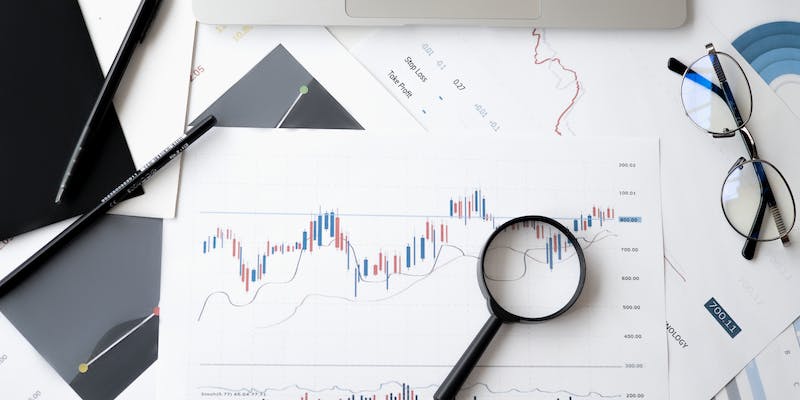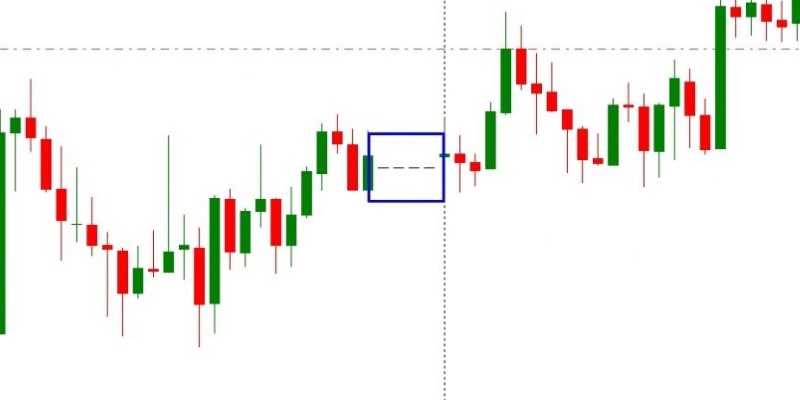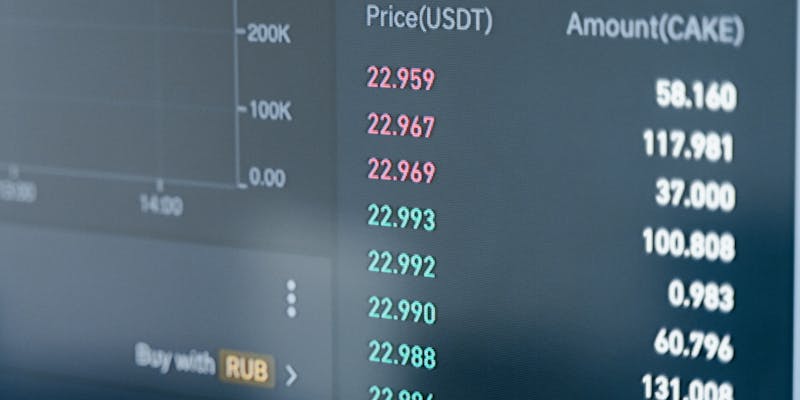See: How Do Dividends Affect the Balance Sheet?
Feb 22, 2024 By Susan Kelly
Introduction
The cash balance shown within the assets section of the balance sheet will decrease whenever cash dividends are paid out to shareholders. In the same manner, the total amount of retained earnings displayed within the report's equity section is increased to make up for this modification. Consider the case of a company with 250,000 shares available for purchase and distributes a dividend of one dollar to each of its shareholders. This would be an illustration of this concept. There was a total cash payment of two hundred and fifty thousand dollars. This is the amount that is subtracted not only from the cash account but also from the account that contains the retained earnings.
There is no influence whatsoever on the company's cash position brought about by the payment of stock dividends. For a transaction to be considered a stock dividend, the corporation must distribute the shares to shareholders at a rate lower than 25 percent of the total amount of previously outstanding shares. If the newly issued shares represent a more significant proportion of the total shares that were previously outstanding, the transaction is instead recorded as a stock split.
If there is a stock dividend, the appropriate accounting treatment is to move an amount equivalent to the fair value of the additional shares issued from the retained earnings to the joint stock account. This fair value is derived from their current market value following the dividend declaration. To illustrate this point, let's say that the same firm intends to distribute a stock dividend of 10% to its stockholders. The amount of this dividend comes to $125,000, given that the stock's current market price is $5. The transaction associated with this accounting entry would be a credit of $125,000 to the joint stock account and a debit of $125,000 from the retained earnings account.
Cash Dividends on the Balance Sheet

The cash and equity accounts in the shareholders' section of the balance sheet are both impacted when a cash dividend is paid out. When investors examine the company's balance sheet, they will not see a separate account for dividends that have already been distributed to shareholders. However, once the dividend has been declared. Still, before it has been paid out, the company will record a liability in the dividend payable account for the amount it owes to its shareholders.
The dividend payable is cancelled once the dividends have been distributed, which is removed from the liability section of the balance sheet. When dividends are distributed, the effect on the company's balance sheet is a reduction in both the amount of cash on hand and the business's retained earnings. To put it another way, the absolute value of the dividend is subtracted from both the company's retained earnings and its cash on hand.
Stock Dividends on the Balance Sheet
The effect that dividends paid out in cash have on a balance sheet is relatively straightforward. However, the impact of dividends paid out in the form of shares is somewhat more involved. If the executive management of a company wants to reduce the value of the company's existing shares, which will result in a lower price-to-earnings ratio (P/E ratio) and other financial indicators, or if the company does not have sufficient additional cash on hand, the executive management may decide to distribute stock dividends to the company's shareholders. There are a few names for stock dividends, including bonus shares and a bonus issue.
The shareholders' equity component of a firm's balance sheet is the only part that is impacted by stock dividends; the company's cash position is unaffected in any way. It is considered a minor increase in the number of shares outstanding if the stock dividend raises the total number of shares by no more than 20% to 25%. A dividend that is considered to be large has a significant influence on the share price and typically leads to a rise in the number of shares outstanding that is between 20 and 25 percent higher. Comparisons between sizeable dividends and stock splits are commonplace.
When a stock dividend is distributed, the total amount that will be subtracted from the company's retained earnings is calculated by dividing the declared dividend amount by the number of shares currently in circulation, the dividend percentage, and the current price of the share on the market. When a firm pays out dividends to its shareholders, the amount of money that is kept as the company's retained earnings is reduced while the amount that is kept in the account for common stock is increased. The equity section is the only part of the balance sheet that is affected by stock dividends. This is because stock dividends redistribute a portion of the company's retained earnings to the account for common stock rather than making any changes to the assets section of the balance sheet.
Imagine that a company has 100,000 shares that are currently outstanding, and they want to pay out a dividend to their shareholders in the form of a 10% stake in the company. Given that the current market price of each share is twenty dollars, the total value of the dividend would be two hundred thousand dollars. The two transactions would result in a credit of $200,000 being applied to the account for common stock and a negative of $200,000 being applied to the account for retained earnings. Following the entry of the transactions, the balance sheet would be in a balanced state.

Conclusion
A firm's profits are distributed to its shareholders in the form of cash dividends. Dividends are typically distributed every quarter and issued by a firm's board of directors. When a company distributes dividends to its shareholders, it affects not just the cash section of the balance sheet but also the shareholder's equity section.

How Are 401(k) Loans Taxed? A Comprehensive Overview

What is After-Hours Trading, and How Can You Benefit From Its Impact?

2024 Forex Trading Made Easy: Our Top Automated Software Picks

A Comprehensive Overview of Setting Up a Special Needs Trust

A Beginner's Guide to the 6 Most Popular Currencies for Trading

Doji Candlesticks: Unlocking Market Insights Through Indecision

Uncovering the Transfer-For-Value Rule in Insurance: A Layman's Guide

What Is A Trust Fund, And How To Set Up A Trust Fund

Margin Trading: Pros, Cons, and Is It Right for You?

